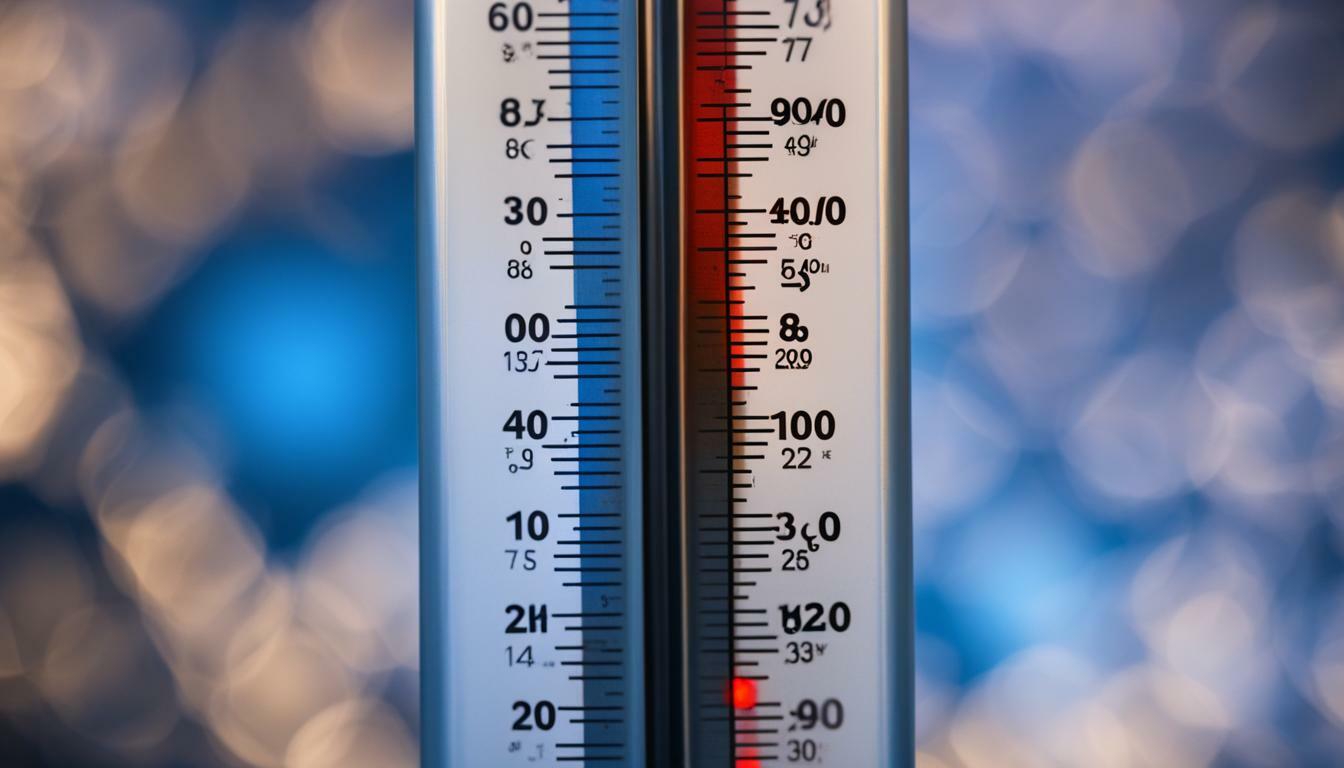When the sweltering heat of summer descends, ensuring that your air conditioning (AC) system operates optimally becomes an indispensable part of maintaining comfort in your home. One question that frequently arises is, “What should the air temperature be coming out of my AC vent when cooling?” The answer to this inquiry is multifaceted, influenced by a gamut of variables including the type of AC system, the external temperature, humidity levels, and the specific conditions within your dwelling.
Understanding the ideal temperature of air emanating from AC vents is critical. Typically, the air blowing from your AC vent should be approximately 15 to 20 degrees Fahrenheit cooler than the ambient air temperature of your home. So, for example, if the room temperature is around 80°F (27°C), you can expect the air coming from the vent to be around 60°F to 65°F (15°C to 18°C). However, this figure can fluctuate based on several influential factors.
One category of AC systems prevalent in homes today is the central air conditioning system. These systems work through a network of ducts to distribute cooled air efficiently throughout your space. In an ideal scenario, if the thermostat is set at a comfortable indoor temperature of 72°F (22°C), the airflow should ideally range between 52°F to 57°F (11°C to 14°C). Deviations from this range may suggest that your AC unit requires maintenance—a dirty air filter, for instance, can impede airflow and compromise efficiency.
Window Air Conditioners
Window air conditioners operate on a different scale. They are generally installed in a single window, cooling a singular room rather than an entire home. For these units, the expected vent temperature can be quite similar to that of central systems. When fine-tuned correctly, you should feel pleasantly cool air around 15°F (8°C) lower than the room temperature. Given their limited capacity, if you find that the cool air feels tepid, it might be time to investigate further, as it may indicate inadequate refrigerant levels or a blockage within the unit.
The Role of Humidity
Humidity plays a critical role in how we perceive temperature. High humidity can render it difficult to feel changes in temperature due to the moisture content in the air, often prompting a reliance on your AC system to lower humidity levels as well as temperature. The air conditioning unit may cool the air more effectively in a higher humidity setting, yet the temperature might not drop as drastically as expected. Nevertheless, if humidity levels soar, the desired outcome is a reduction in humidity rather than a singular focus on temperature fluctuation. A dehumidifier within your home can assist with resolving such discomfort without placing additional strain on your AC unit.
Understanding Refrigerants
Equally crucial to airflow temperature is the refrigerant that helps to cool the air circulating in your home. Most modern systems use environmentally friendly refrigerants. The efficiency and temperature of airflow can diminish if your system is low on refrigerant or if the refrigerant is leaking. Regular maintenance checks to ensure your refrigerant levels are adequate can prevent costly repair bills and maintain an ideal cooling experience.
Thermostat Settings and Placement
Another significant factor influencing the temperature of the air coming from your vents is the thermostat’s settings and its installation location. Your thermostat should ideally be centrally located, away from drafts, direct sunlight, or heat sources, as this can lead to inaccurate readings. If the thermostat is miscalibrated, it can either cause the system to work harder than necessary or fail to provide adequate cooling throughout your space. Ultimately, calibrating a thermostat allows for an accurate reading, ensuring the AC unit delivers air that falls within the expected temperature range.
Environmental Influences
Every home is unique, and environmental factors can sway the effectiveness of your AC system. Consider shade trees, roof colors, and insulation quality. Homes that receive ample shade from trees may maintain cooler indoor temperatures, lowering the expected range for vent temperatures. Conversely, poorly insulated homes may bring about drastic temperature discrepancies, leaving you feeling warm despite the AC working tirelessly.
Regular Maintenance
Maintaining your AC system is not merely helpful; it’s essential. Scheduling annual tune-ups can lengthen the lifespan of the unit and promote operational efficiency. During these assessments, professionals will inspect for signs of wear and tear, check refrigerant levels, and clean coils and filters. Such diligence can facilitate your unit’s optimal performance and help prevent future discomfort caused by inadequate airflow.
Conclusion
Ultimately, knowing what air temperature should be pouring from your AC vents is not just about numbers; it’s about comfort and functionality. Understanding the mechanics of your system, along with its interaction with various factors like humidity, refrigerator levels, and environmental conditions, can significantly enhance your overall experience. Regular maintenance, smart thermostat placement, and timely interventions can ensure that you remain cool and comfortable all summer long. With the right knowledge and effort, you can turn the sweltering heat into a refreshing retreat right in the heart of your home.
